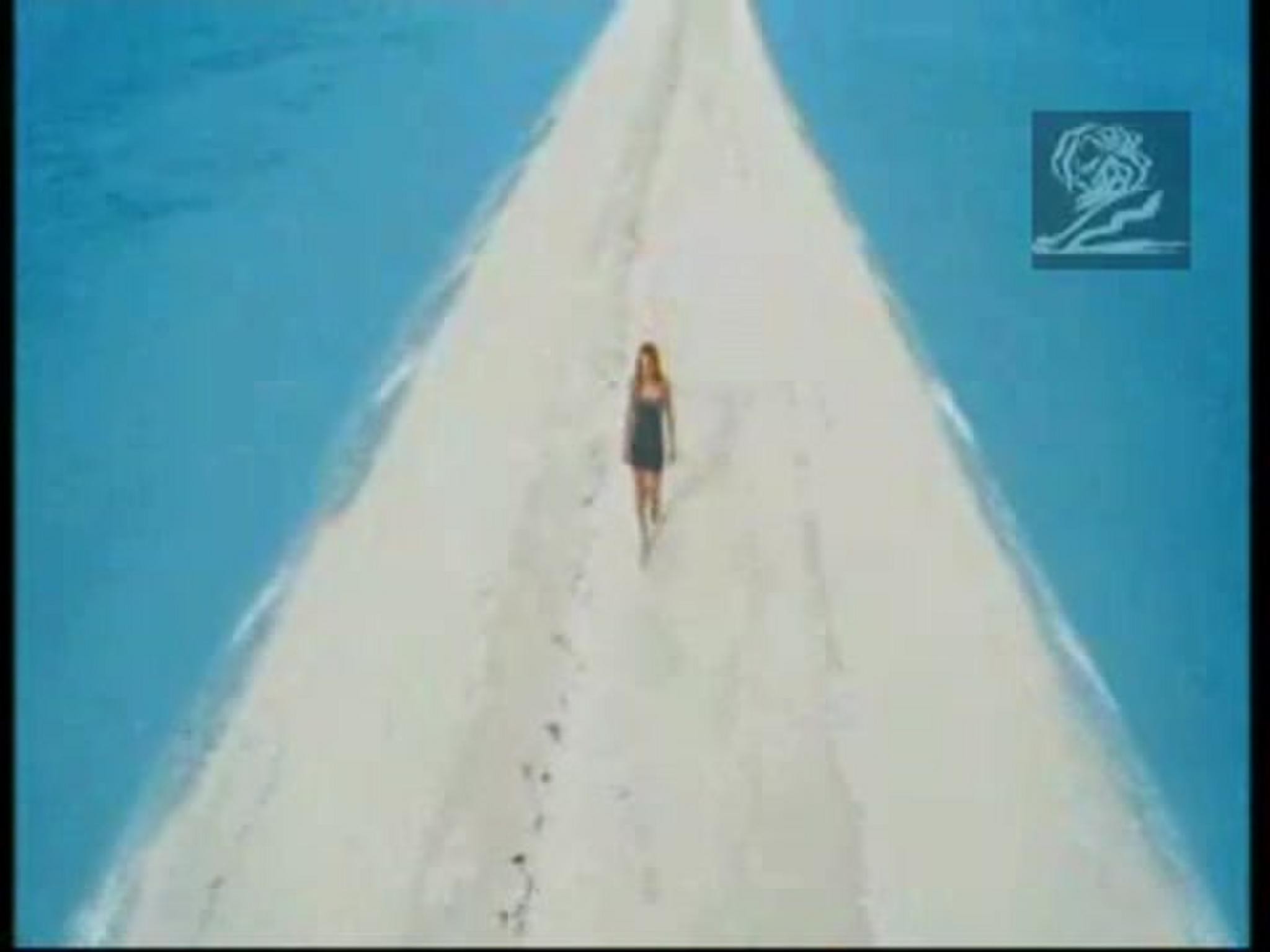Cannes Lions
Novartis Pavillon - Zero-Energy Media Facade
IART, Basel / NOVARTIS / 2023

Overview
Entries
Credits
OVERVIEW
Background
The Novartis Pavillon is located within a park on the Novartis Campus in Basel, Switzerland. It is designed as a place of encounter and learning about life sciences, hosting “Wonders of Medicine”, a permanent multimedia exhibition, as well as meeting spaces and a café. For the first time in its history, Novartis created a building intended primarily for the general public. The Novartis Pavillon is an important part of an opening process to make the Novartis Campus accessible to the community. Our brief was to create a media facade for the circular building.
Idea
Our idea was to combine organic photovoltaics and LED technology to create a communicative building skin that consumes only as much power as it can produce. The media facade is designed to offer Novartis a unique communication medium to enter into a dialogue with the public and with its urban surroundings. It is also a zero-energy media facade, which means that the total amount of energy consumed by the facade over a year is (at least) equal to the amount of energy it produces itself.
Strategy
The target audience is the general public as well as employees of Novartis. The project was implemented with an iterative approach. We conducted a series of parametric design studies to find the optimal geometry and graphic design for the facade. Then we moved on to the engineering and built a series of prototypes and test set-ups to validate our solution. The facade was then assembled locally in an old Novartis warehouse, which allowed us to keep transportation at a minimum. We also built a playout system for the artists to create and test their work.
Execution
The facade of the Novartis Pavillon features a total of 10,000 organic solar modules with embedded LEDs. The LEDs shine both outwards and in the direction of the metal shell beneath – causing their light to reflect and shimmer through the semi-transparent solar cells. This visually multi-layered membrane is used to screen the works of three international artists, who collaborated with scientists to develop artworks inspired by the shapes and colours of cells and molecules, as well as the themes of sustainability and the convergence of art and science. Their works are shown on the facade every day after sunset. During daytime, the facade displays moving text.
The building is 13.9 m high and has a diameter of 42.9 m. The media facade covers a surface area of 2‘471 m2. The project lasted 18 months from concept to realisation and is now a permanent feature of the pavilion.
Outcome
The zero-energy media facade turns the Novartis Pavillon into a luminous icon that is visible from many locations in Basel. It is a communicative skin that acts as an interface between inside and outside, the company and the city, and promotes the Novartis Pavillon as a place of exchange and learning. In this way, the facade becomes a symbol of Novartis' openness to enter into a dialogue with the public, bringing the world of science and medicine closer to the community.
Similar Campaigns
12 items






